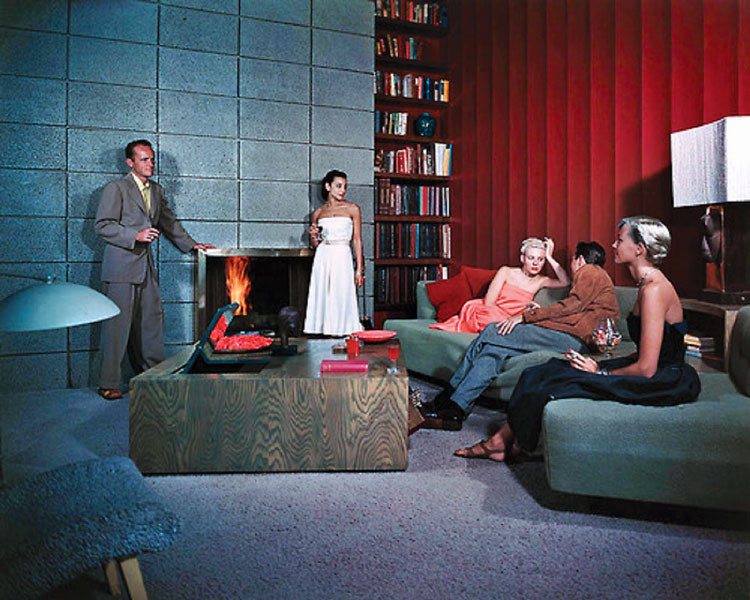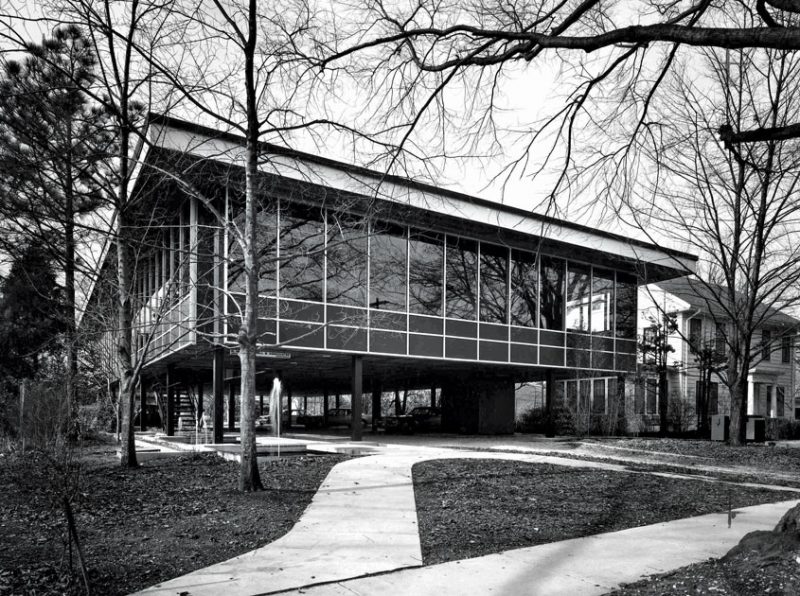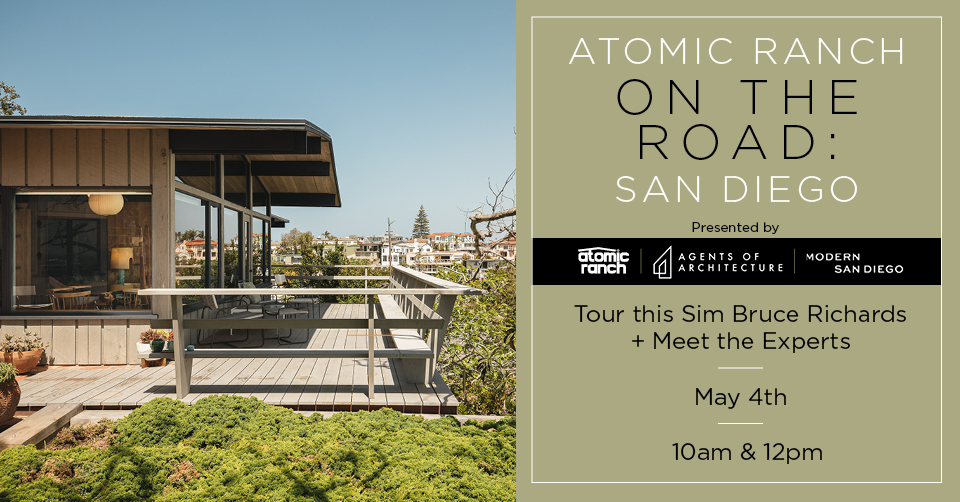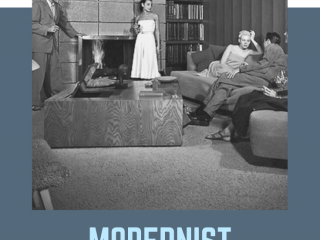Modernist houses from the ’50s and ’60s are in almost every city across the nation. And we tend to hear about the larger modernist communities more often, such as Los Angeles and Palm Springs. But low and behold, there are many others scattered across the United States.
In your own town, there’s possibly a dozen modernist houses, and you’ve likely heard or inquired about the architects yourself. “Surely,” you think, “the local preservation society has researched these houses and their creators.” You call—and typically you find the society prefers cottages, mill and Victorian houses, and old churches, among other structures that wouldn’t host butterfly chairs. “Modernist houses still look ahead of their time,” the society says, “so how could they be considered historical or worth preserving?” Maybe it’s time to talk to the architects directly.
When I started documenting North Carolina’s mid-century modern houses in 2007, 90% of the architects were still alive. In 2018, it’s down to about 20%. These men, and a few women, were born in the 1920s and ’30s. For famous architects like Richard Neutra or Charles Gwathmey, no problem, their legacy is secured. But for Brian Shawcroft, Jim Fox, Milton Small or Richard Spencer, or any of the hundreds of unsung architects across America, their legacies die when they do. The families throw the storage boxes and plans away after a few years, and that’s that. Maybe it’s time for a few good men and women to step forward—that’s where you come in.

Step 1: Pick your favorite (local) modernist architect.
If they’re still alive, call and plan a visit. If they’re not alive, you may be hesitant to contact their family, a concern which is understandable. However, I’ve found that families love their parent’s modernist work and are thrilled you want to celebrate it. If you’re lucky, that call will be the same week they’re considering throwing everything away.
In hundreds of calls throughout North Carolina, I’ve had about a dozen of these magical timing moments, connecting families to NCSU’s Special Collections archivists. They are the Warehouse 13 of the state’s design heritage, and you likely have a similar group at the nearest university offering architecture degrees.
Step 2: Ask for a project list.
If you’re lucky, that list will also have addresses, but most lists don’t. Architects and their families have bits of information you’ll assemble to find these houses (granted, they’re still standing). From here, you’re going to have the time of your life, driving around town looking for buildings, searching on the internet, asking friends what and who they know in connection to these houses.
Step 3: Create a platform to share your discoveries.
I’m talking about starting a website where you share your town’s trove of modernist houses, the architect’s bio and ask for the community’s help finding missing houses. If you can write a letter in Microsoft, you can create a website. Don’t worry about it looking sleek or pretty—it’s all about the information. For years, our website had all the aesthetic beauty of Craigslist, yet pulled in 40,000 to 60,000 page views a month. Lots of people are passionate about modernism, just like you.
George Smart founded NCModernist Houses and USModernist Houses, together the largest open digital archives for residential modernist architecture. He is the host of the podcast USModernist Radio, which posts every other Monday on iTunes. www.usmodernist.org.














